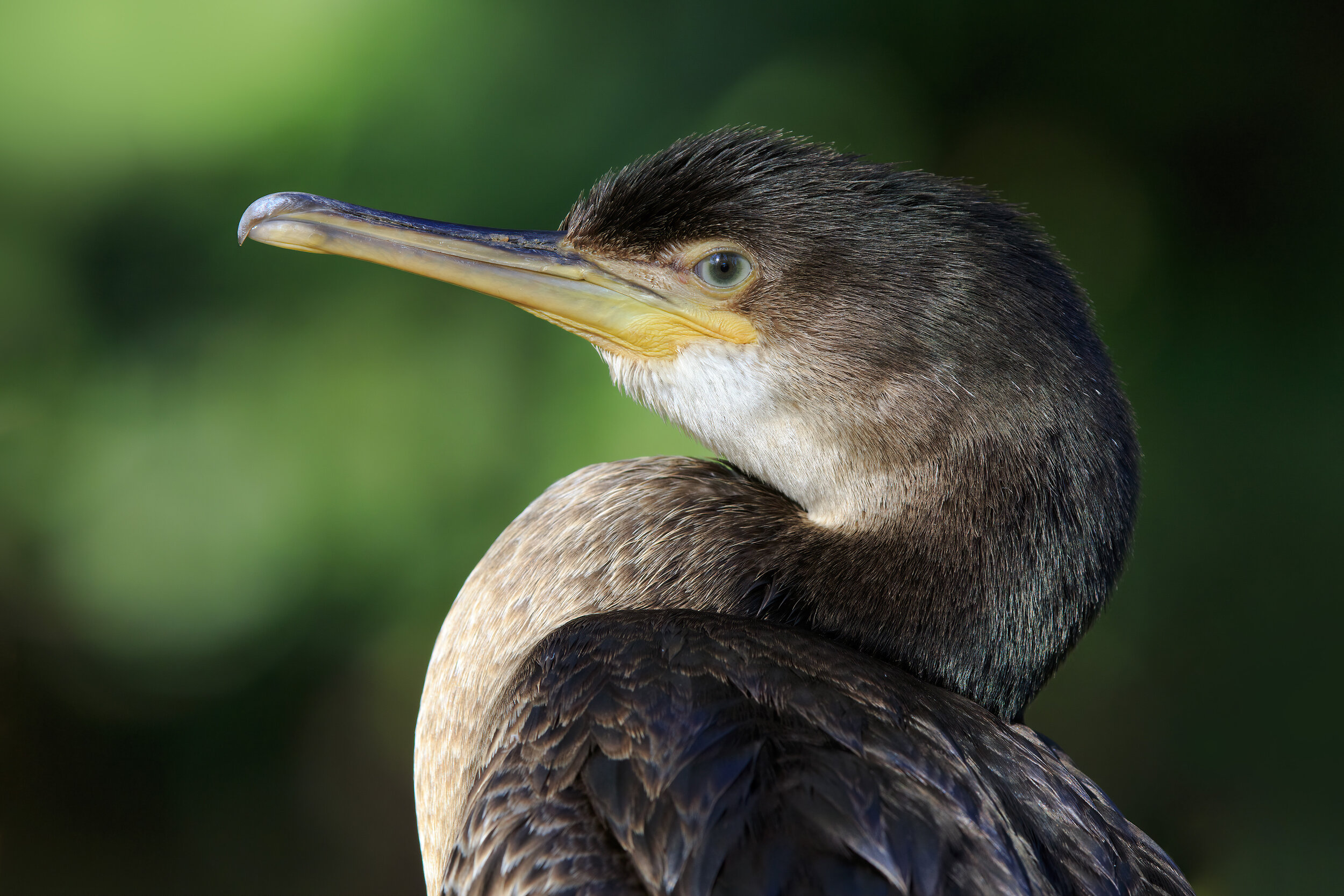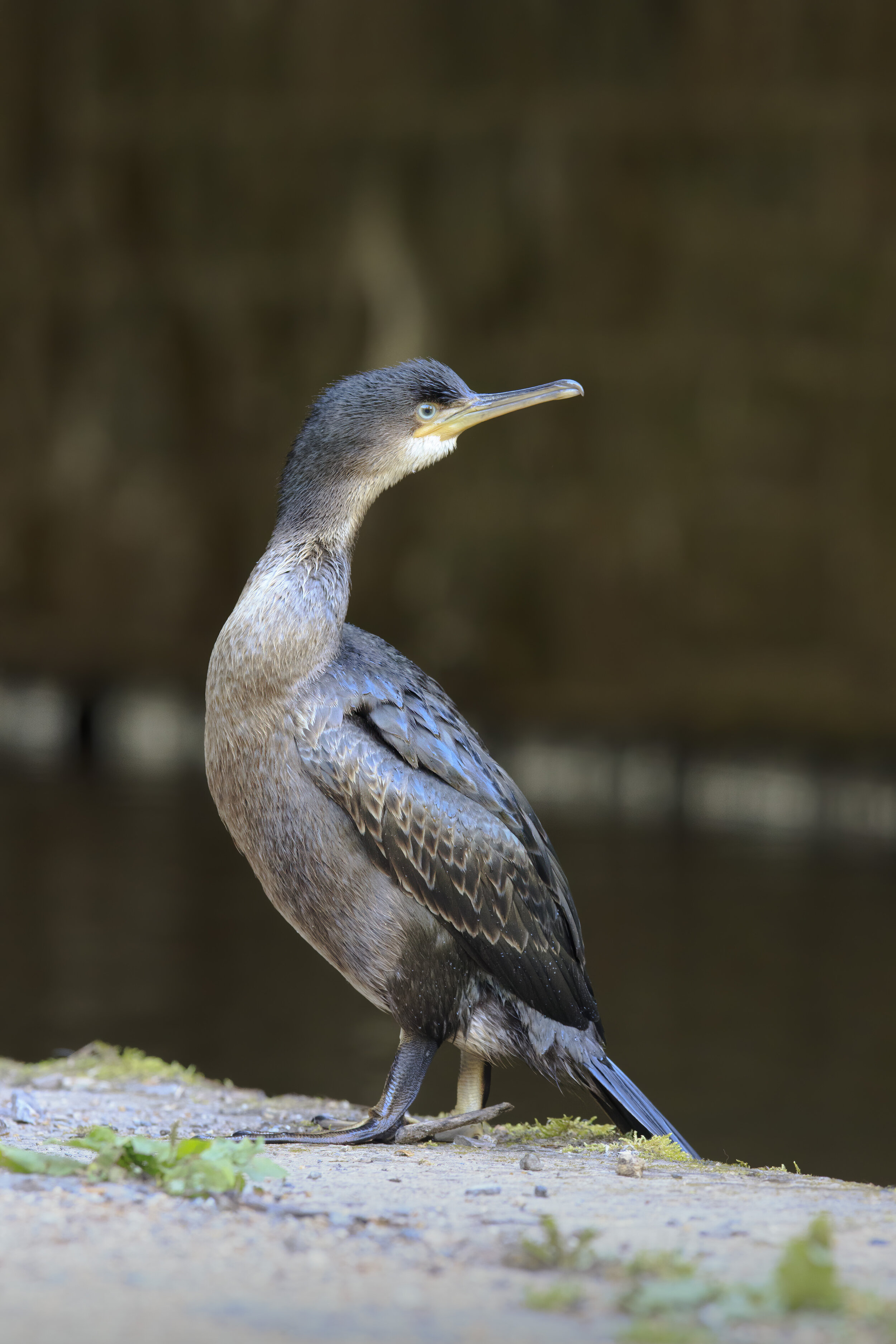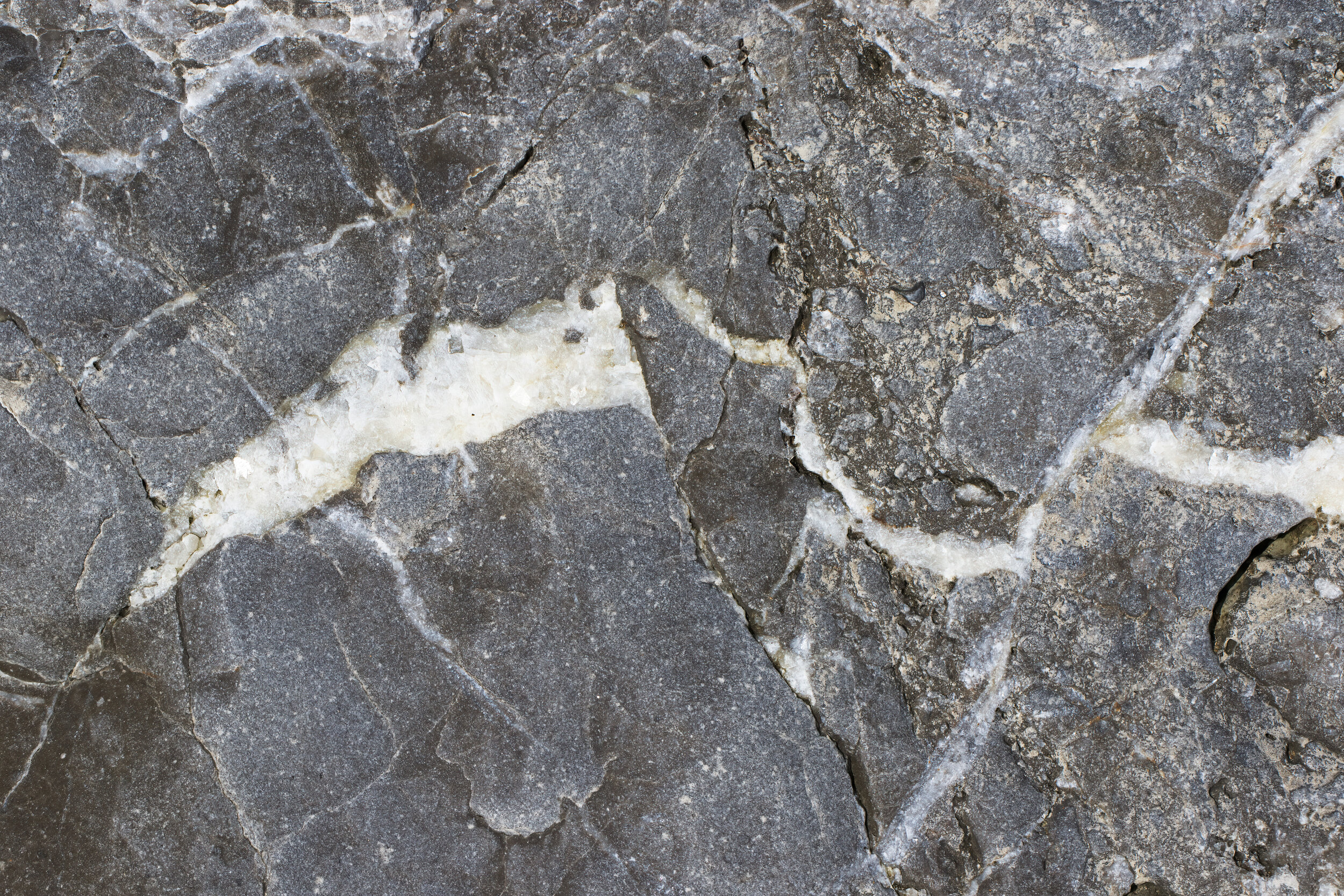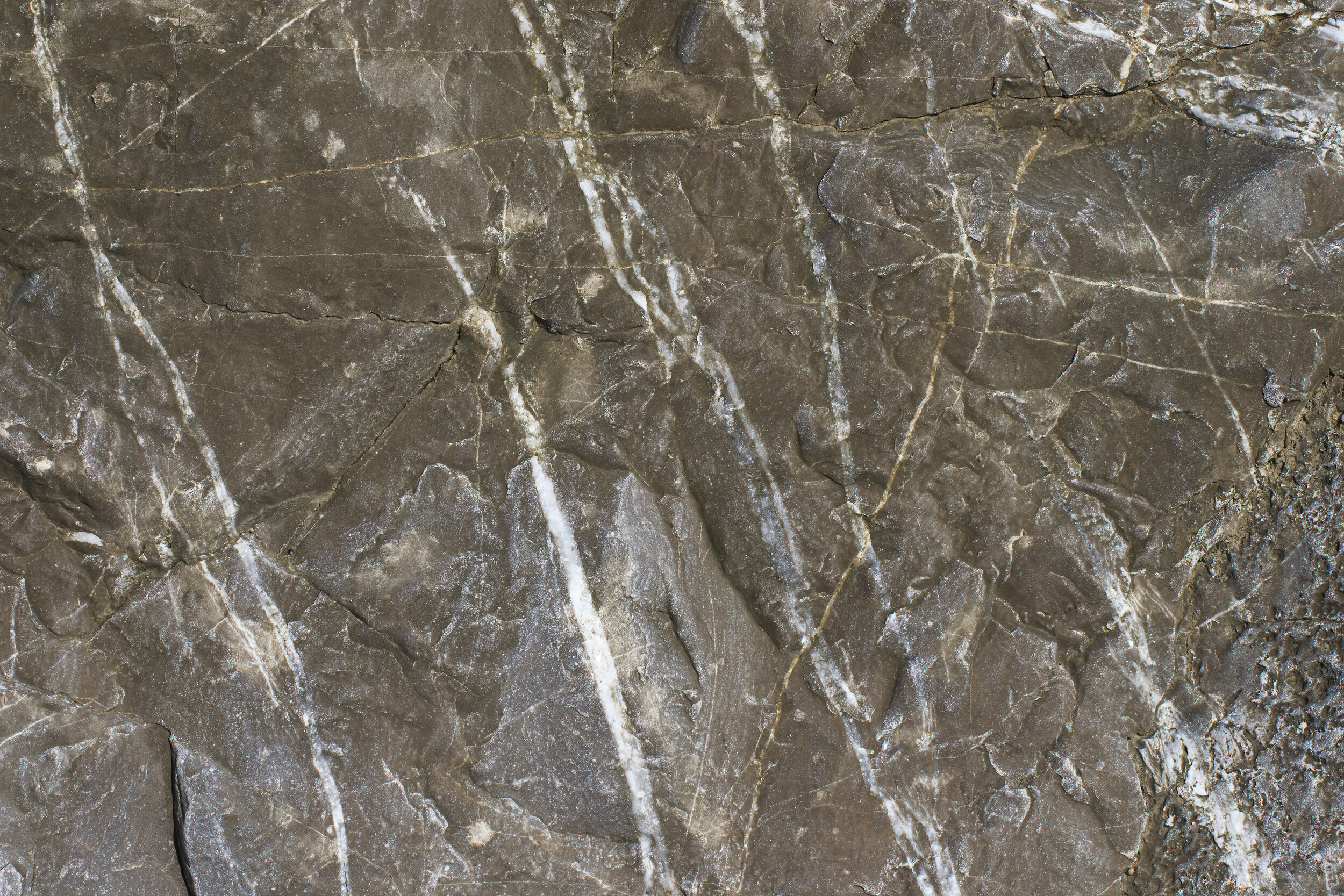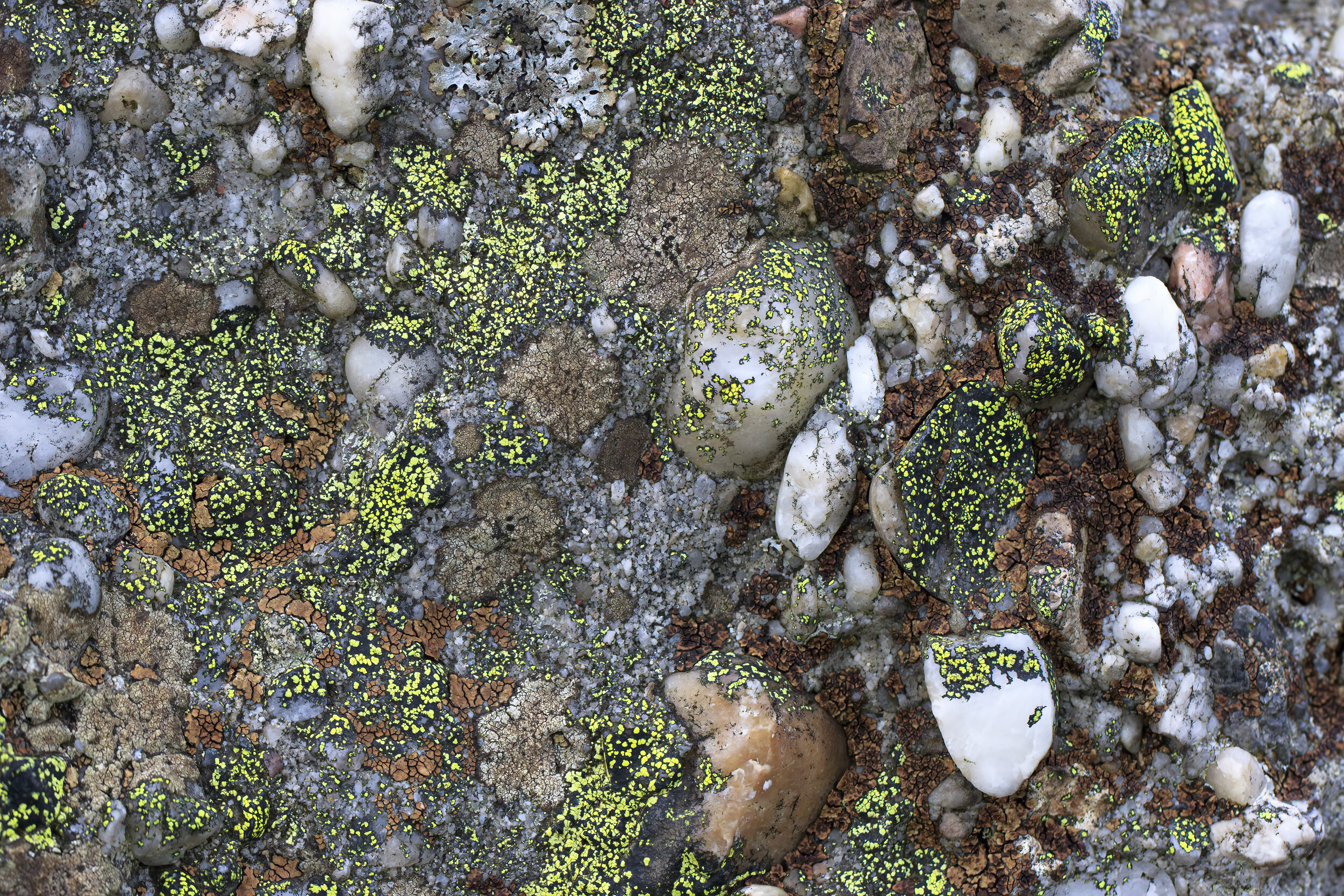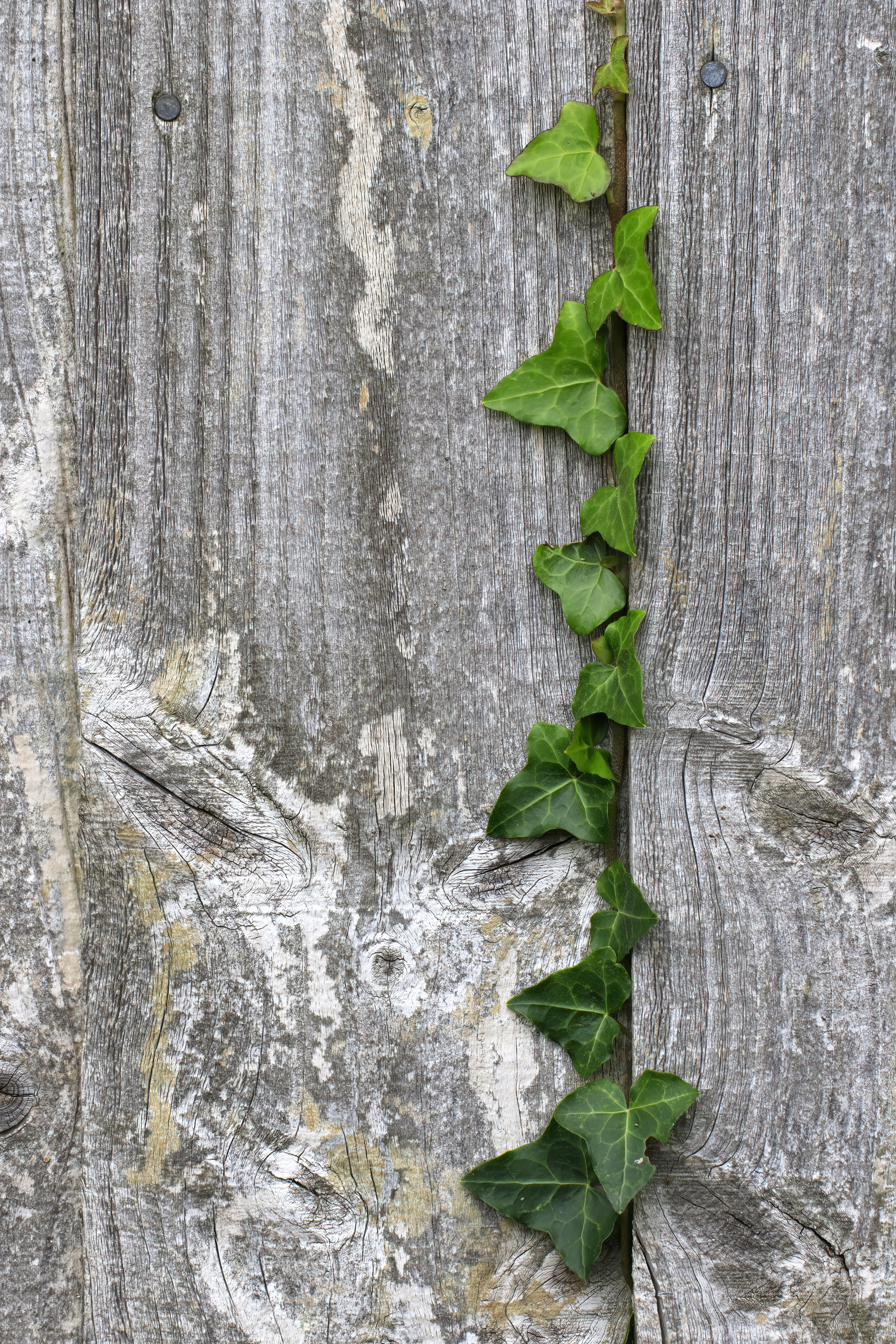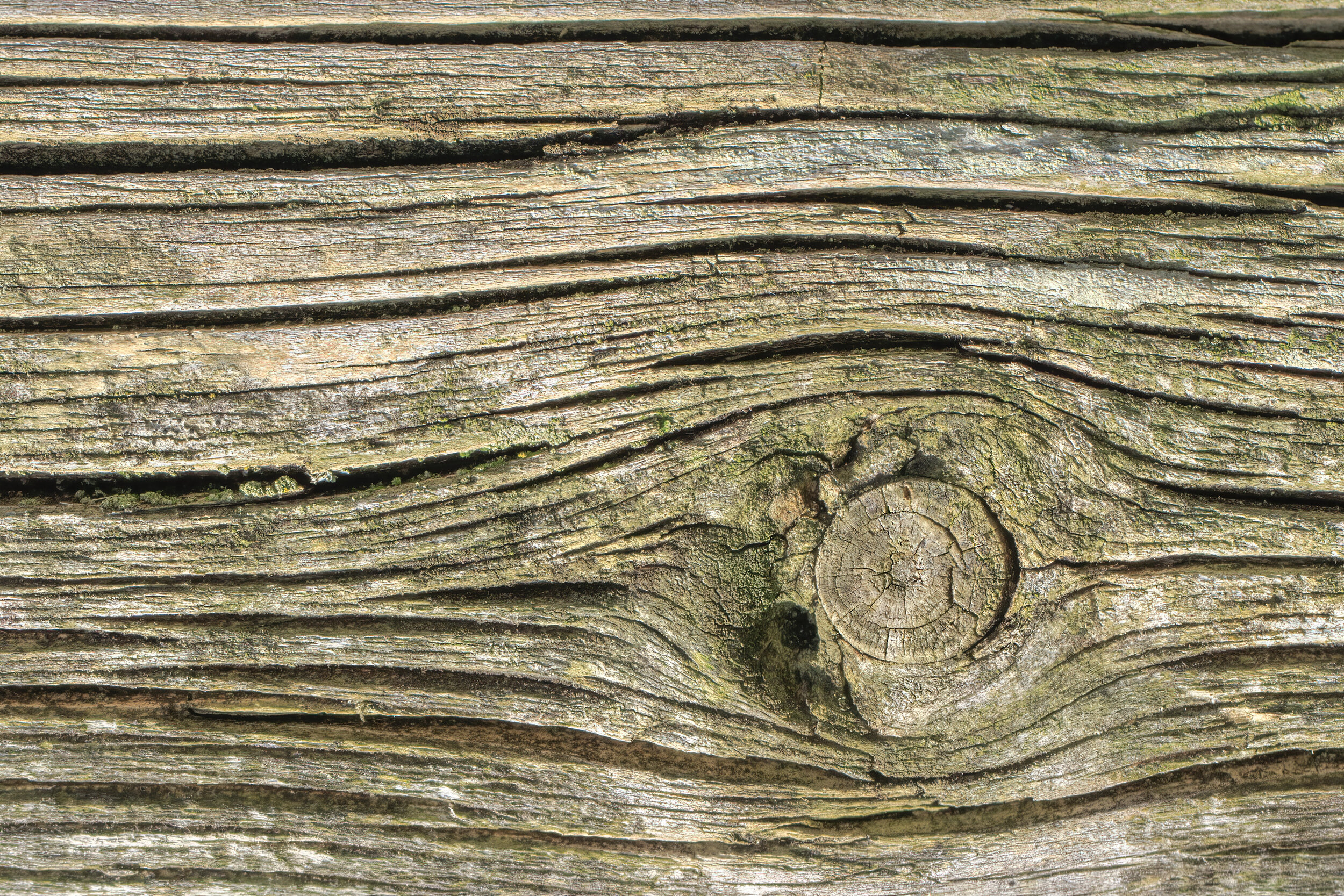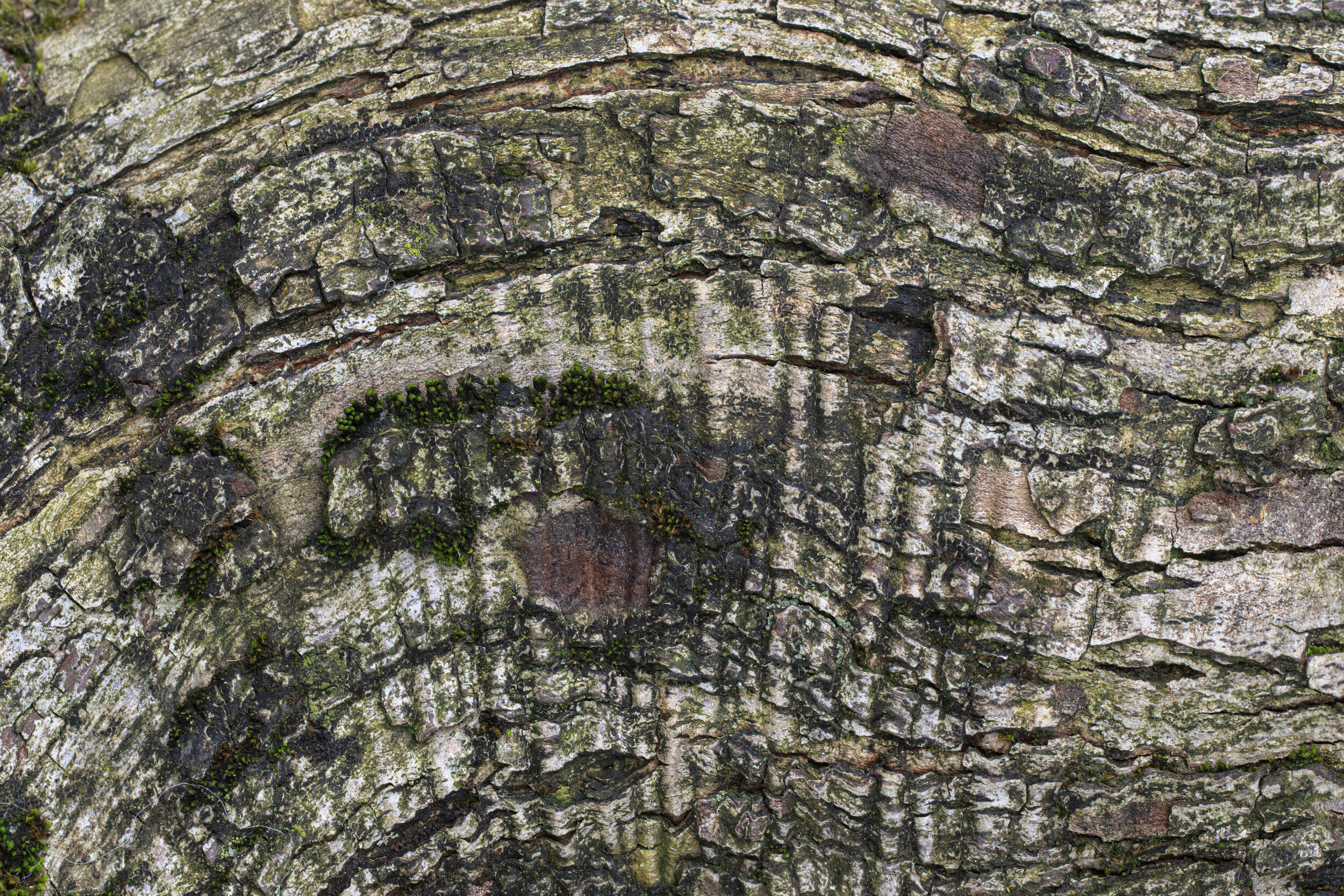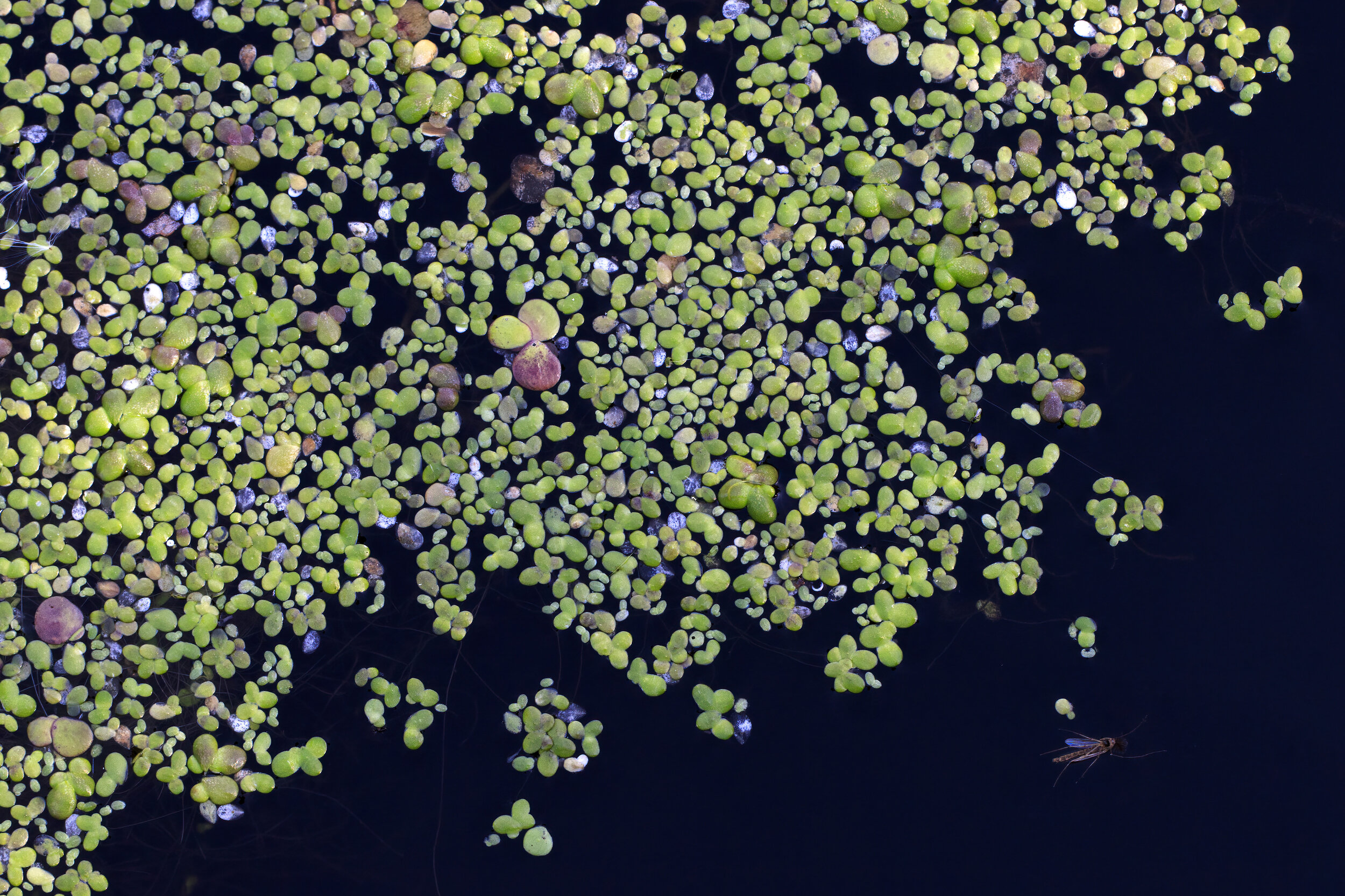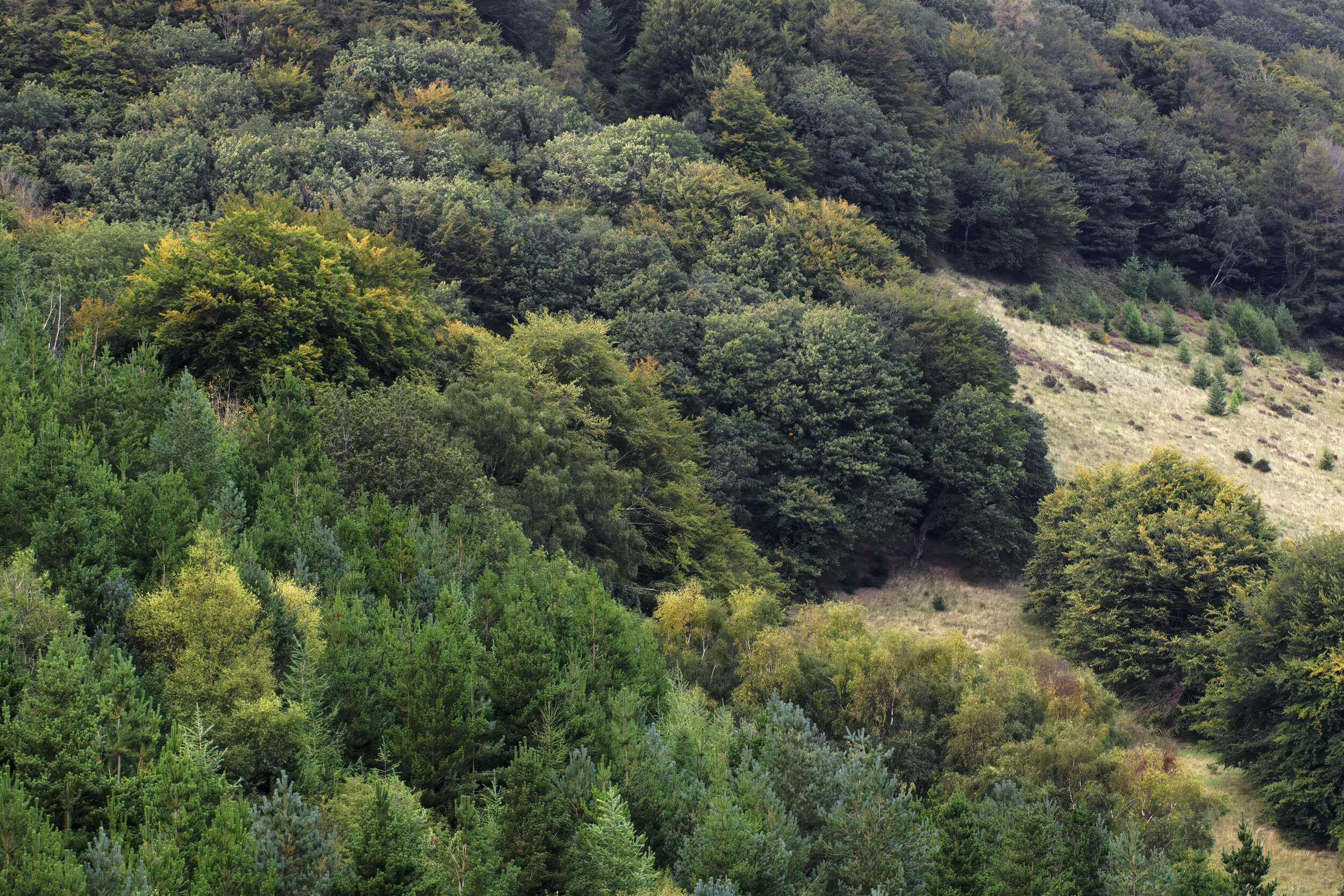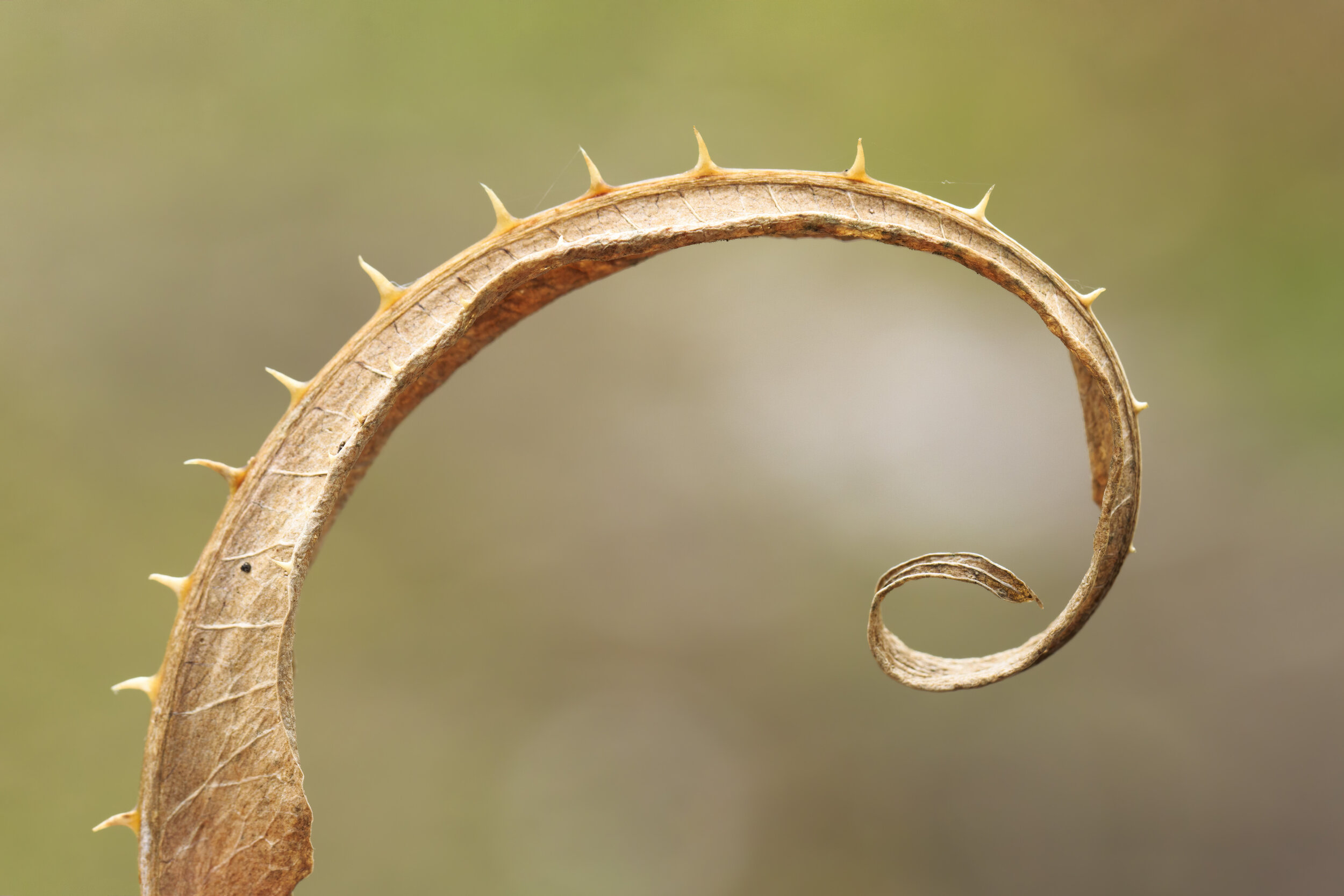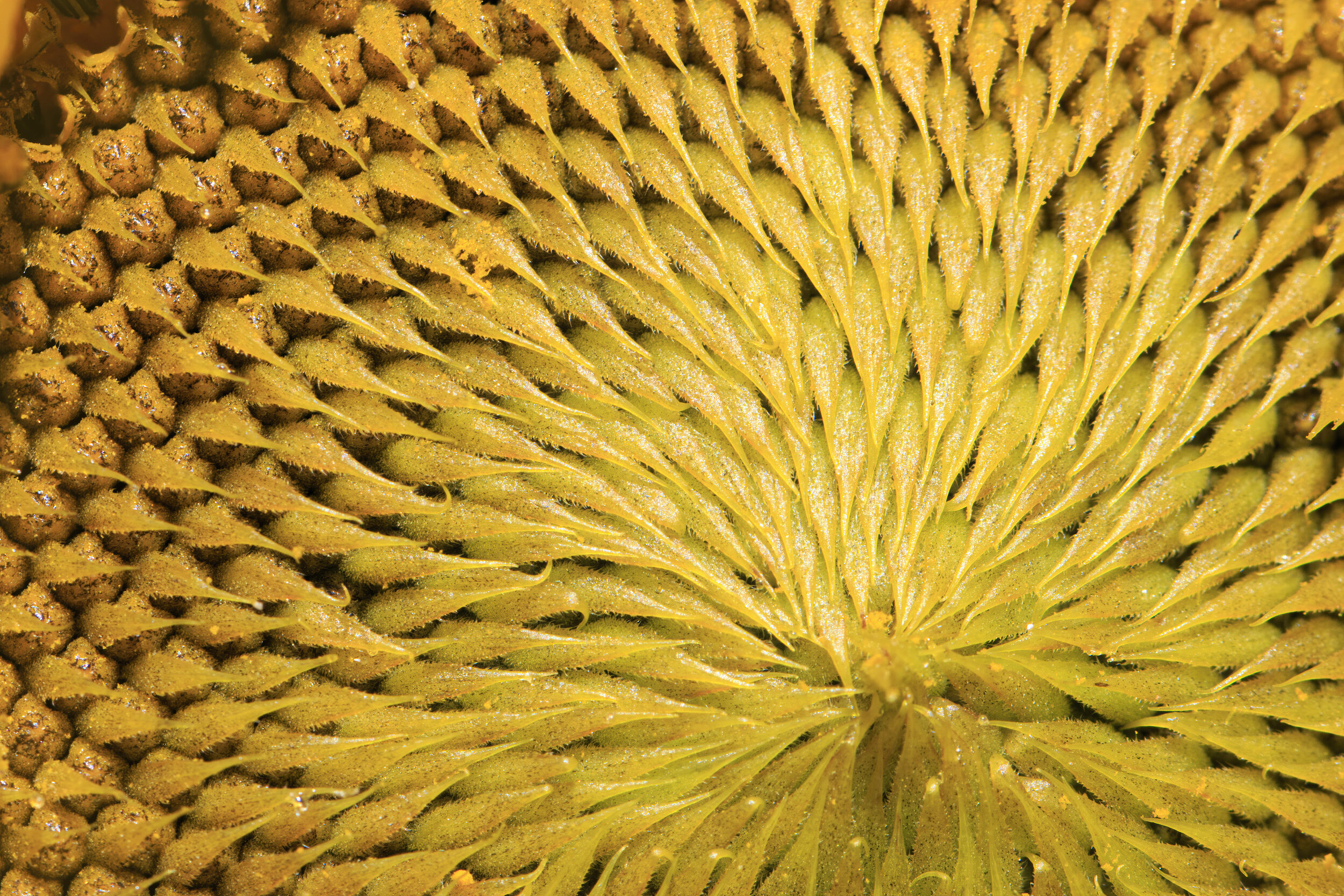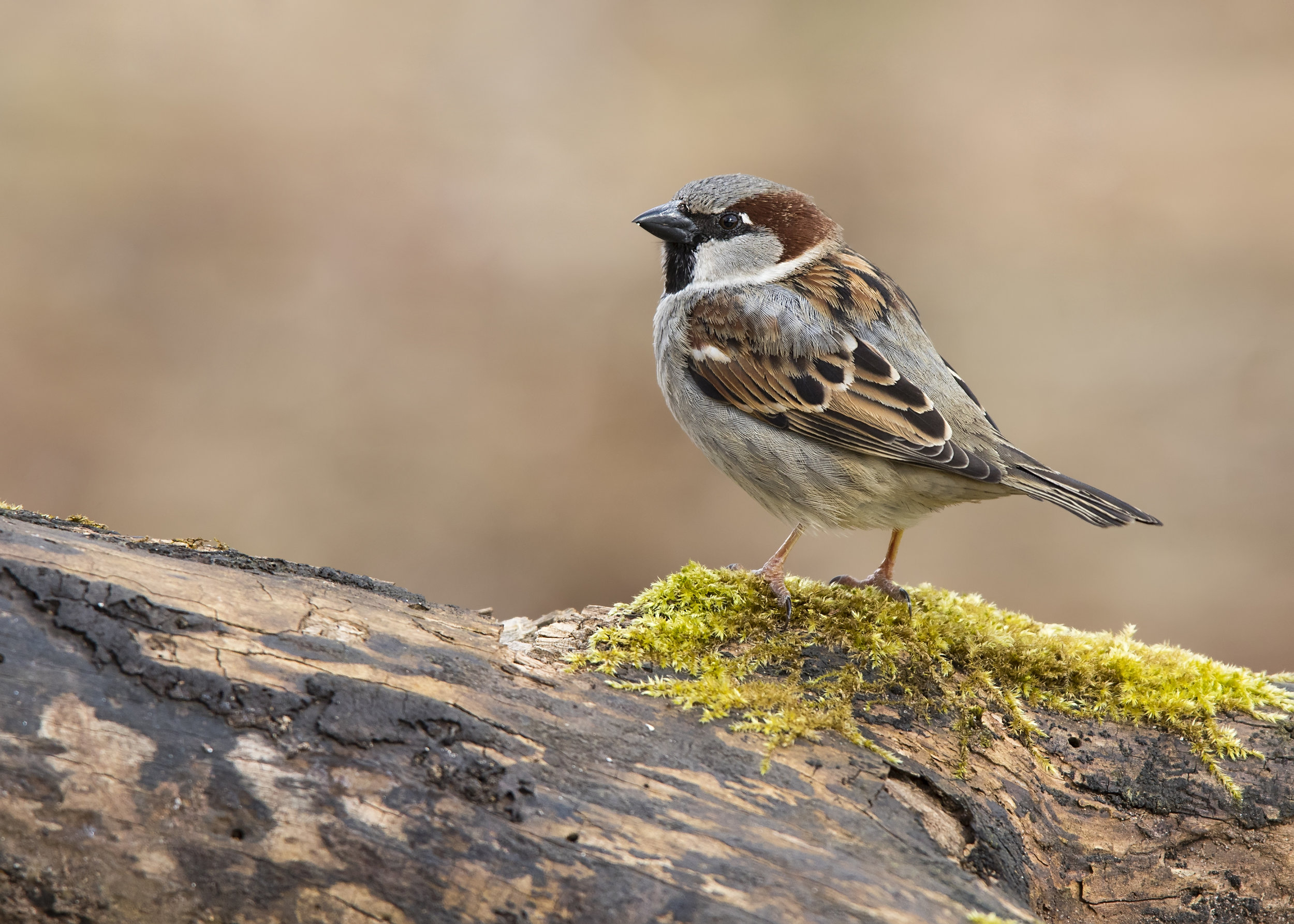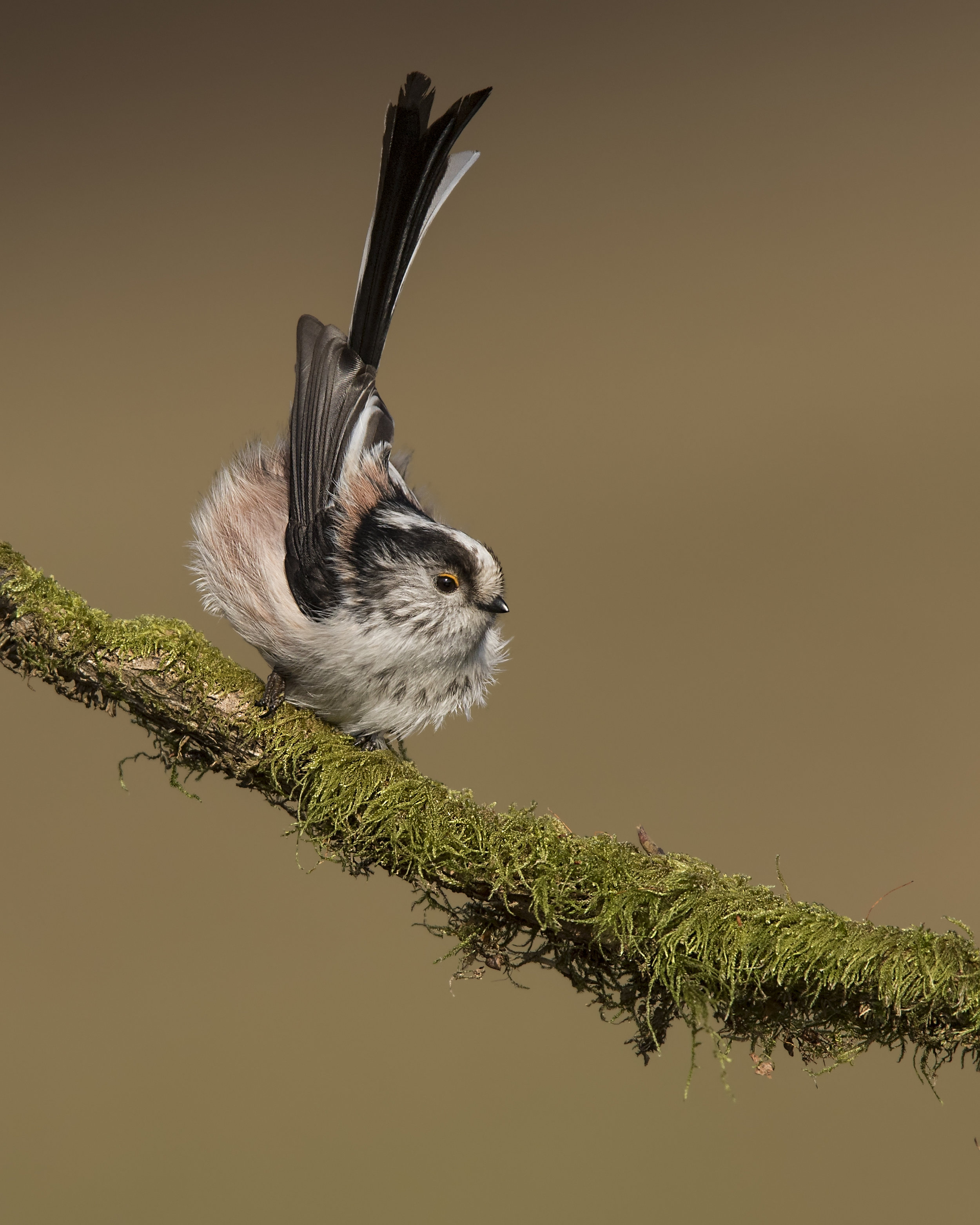Ok, so I do not encourage anybody to breach lockdown for anything other than an emergency or work, as per government guidelines, but here’s the story of how I ended up having to travel a little further than expected, for a Shag. Of course, I mean the bird.
It all started with curiosity, as a member of public, Jo Norman, posted a picture online of what was thought to be a Cormorant at the time, upon posting the phone pictures, others started posting pics of the same bird and as soon as I saw it, I instantly noticed it was actually a juvenile ‘European Shag’, which is a rarer bird for inland waters, as they are true sea birds, found around our rocky coastline. This time of year birds are on the move to warmer climates, and when this is timed with adverse weather conditions, we do end up getting a few blown off-course and stuck inland, struggling to re-find the coast. Every year birders check through hundreds of Cormorant flocks on ponds and lakes in the hope that one of them might be a Shag, but it seldom ever is. So to have one on the Monmouthshire & Brecon Canal was very strange. Even stranger was that the bird was super tame, often walking up onto the bank and sitting right next to you. This rang a few alarm bells to me, as these are usually signs that there may be an underlying health problem, however it was fishing and catching fish really well, so I suspect, being a first year bird, it doesn’t really have any fear of humans yet. The only issue was it was being pestered by Dogs each time a Dog walker went past, which is quite often on the canal. It actually took us two days to eventually find it, but Craig Constance went on a morning mission to locate it, proper investigative style, and he eventually pinned it down in Newinn, about a half a mile up the canal from where it was last seen. Apparently it has been here for two weeks, which was also a worry as the weather hasn’t been too bad so it must be struggling to get strength back. We observed it for a while, and Lee Gregory also came over to see the bird. Lee has a lot of experience ringing these birds, so his observations were welcomed. Shortly after the bird had a very close call with another Dog, and we both thought in that moment that this was going to be the end for this poor bird as it will only get weaker. The fish it was catching were tiny, and just not enough to sustain it long term.
Craig and I got home and just couldn’t settle with the idea of leaving it there. A couple hours later we rang all the rescue centres around, and all of them agreed that it would stand a better chance if it was on the coastline in more suitable habitat, but they were all too busy to help. So we just went for it. I got an old fishing net from the attic and Craig got some blankets and we went straight back out there to re-locate it. This actually took WAY longer than I was expecting, and before I knew it, I was almost in Goytre before I found it and Craig went in the opposite direction back towards Pontypool. Thankfully it was swimming back towards Newinn, so I followed it back till it decided to rest on the bank again. By then Craig had caught up and the capture was fairly straight forward. Net straight over whilst it was resting on the bank, bill strapped up (as they can cause a bit of damage with that hook) and it was straight in a bag with blankets. The bird was putting up a good fight, very strong, which was a good sign. Usually when a bird is on its last legs, the struggle of capturing it can cause it to die from shock, but this bird was strong enough to put up a fight all the way to the coast! which is a great sign. It was underweight, but it could still fish, so he has a better chance now.
Upon release, we were a bit worried as he didn’t fly off like we expected. He could fly enough to jump up 6 foot high rocks and I watched him fly a fair distance after the dog attack, so I think he’s just lost a lot of muscle due to being underweight. There were no signs of injury, inside bill showed no fishing hooks or lures and he wasn’t otherwise showing signs of injuries. He eventually could see the tide was coming in, so climbed up the rocks and eventually settled in a perfect little hole in the cliff, where he should be safe enough. As soon as he heard the sea he seemed to have a lot more energy, so just hope it manages to get into a routine of fishing and resting for long enough to get fit again. Here’s for hoping. One things for sure, he looked a lot more at home on the coast and if we didn’t intervene, he would have been malled by a Dog or eventually starved to death. As an ecologist, this sort of thing happens quite often and I consider it now more of a responsibility and part of my Job. I do not encourage anybody to breach lockdown rules, the title was just a bit of a joke.
Vismig & Goldcliff
I’m still working along the Gwent Levels this winter, and I was looking forward to the day I started getting some autumn migration overhead. Till this day, the Vantage Point surveys had been fairly quiet, but all was about to change with the wind on the morning of the 21.09.20 where the schedule survey was lined up in accordance with high tide and an early morning. With all these factors and rolling fog coming in off the bristol channel, it must have spurred many birds to move. Before I knew it I was counting hundreds of birds, sometimes all at the same time, all heading East. The over-all count was incredible with a staggering;
X 2570 Meadow Pipit
X 287 Skylark
X 354 Siskin
X 180 Linnet
X 500 Goldfinch
X 193 Swallow
X 72 House Martin
X 33 Sand Martin
X 16 Tree Pipit
X 6 Yellow Wagtail
X 16 Grey Wagtail
X 316 Pied Wagtail
X 2 Yellowhammer
X 11 Reed Bunting
X 6 Golden Plover
Little Stint to the right
During the survey I also had 3 Little Stint drop on the last bit of mudflat with a few Dunlin and single Ringed Plover. Presumably the same birds present at Goldcliff Lagoons at the moment.
I went straight to Goldcliff afterwards, which was a good call! as Darryl Spittle found me my first Lesser Yellowlegs, which I landed on straight away from the first platform. Present also was 1 Glossy Ibis, 13 Grey Plover, 6 Ruff, 3 Greenshank, 4 Yellow Wag, 1 Whinchat, 4 Wheatear, 5 Pintail, 5 Bar-tailed Godwits amongst all the usual great birds.
The Lesser Yellowlegs was quite a distance away for my telephoto lens, so I’ve included a phone pic thru my scope, which shows much more features, even when surrounded by black-tailed Godwits.
Here's a few more from previous visits to Goldcliff and Magor, with plenty of Wheatear along the coastline, a hunting Hobby catching Dragonflies and a few special insects in the form of the beautiful Ivy Bee, Migrant Hawker and I stop at Llandegfedd on the way home found my first Ruby-tailed Wasp. There’s no wonder I haven’t seen one before, I didn’t realise how small they were. Most would mistake them for a fly! but those colours are truly incredible.
With so much luck the day before on visible migration, I arranged to meeting, socially distanced with Craig Constance and Daniel Webb at Goldcliff and were also later joined by Darryl Spittle. I really enjoy this sort of birding as it tests your ability to recognise calls on the fly and even the visual elements happen so fast, you really need to know what you’re looking for, and I couldn’t have been surrounded by better influences really as these guys have been doing it a long time and they’re quite the pro. That said, if there was anything I brought to the table, it was my parabolic dish, as it allowed us to pull out individuals in a flock that would have otherwise been too distant to hear. I’ve listed a few of the favourite birds in the recording and mashed them together.
Nocmig
It’s been a very mixed bag on Nocmig recordings lately, with some really bad nights with 0 score, but there has been a slow movement of Song Thrush, and last two nights have had my first movement of Redwing, yesterday also seeing my first on the canal whilst looking for the Shag. Last night though was a big score! With 2 Redwing, a BARN Owl! which is a new one for me and totally unexpected over Sebastopol, but for me a personal favourite, a Golden Plover! which I believe is a young bird if I read correctly, as it’s slightly higher pitch and a shorter, less formed call.. but I could be wrong. Either way, very happy with those results and it totally pays off.
I’ll end this very long blog with a picture of this beautiful Starling. Still on my wish list to get a decent recording of these guys.

